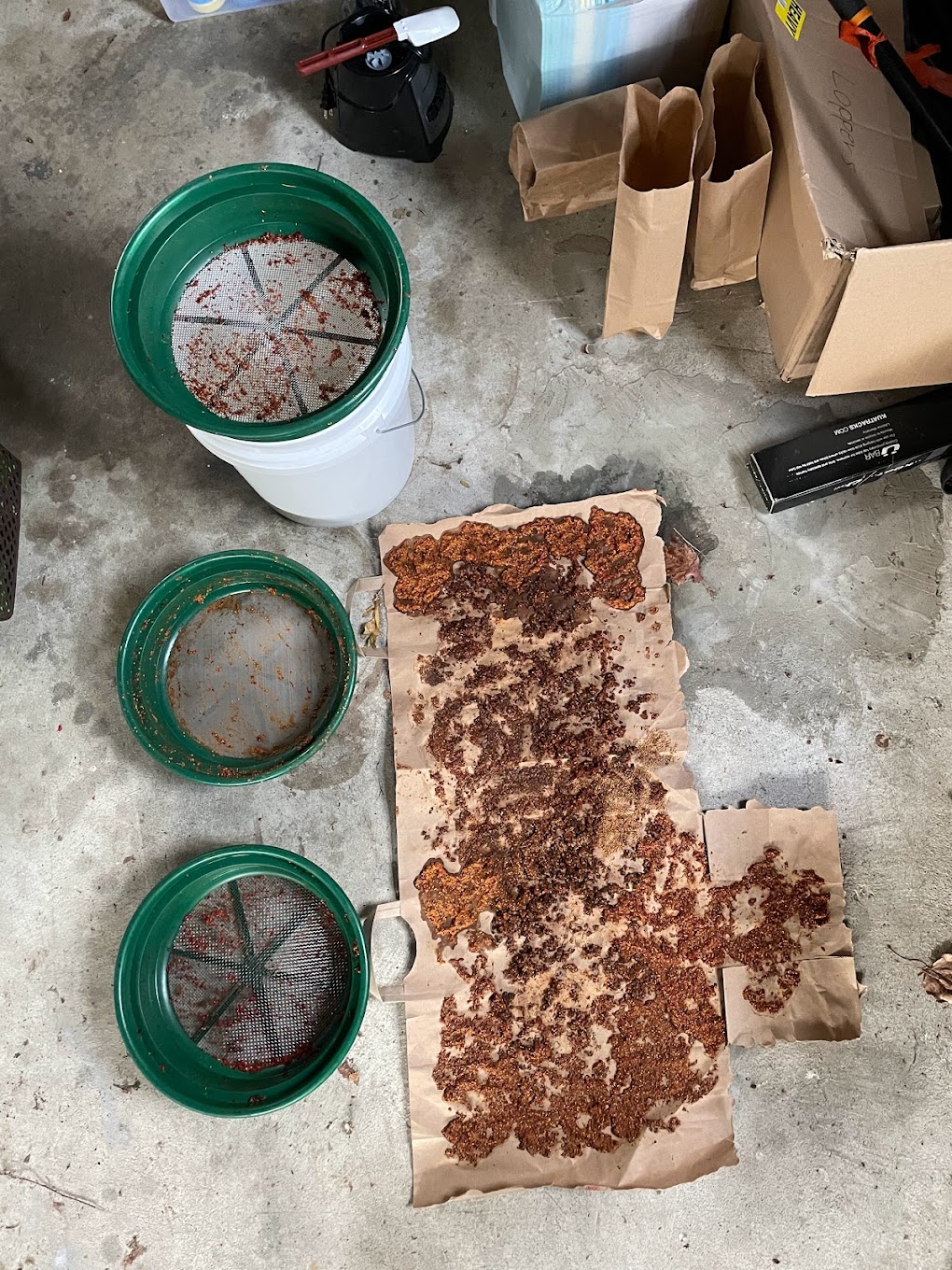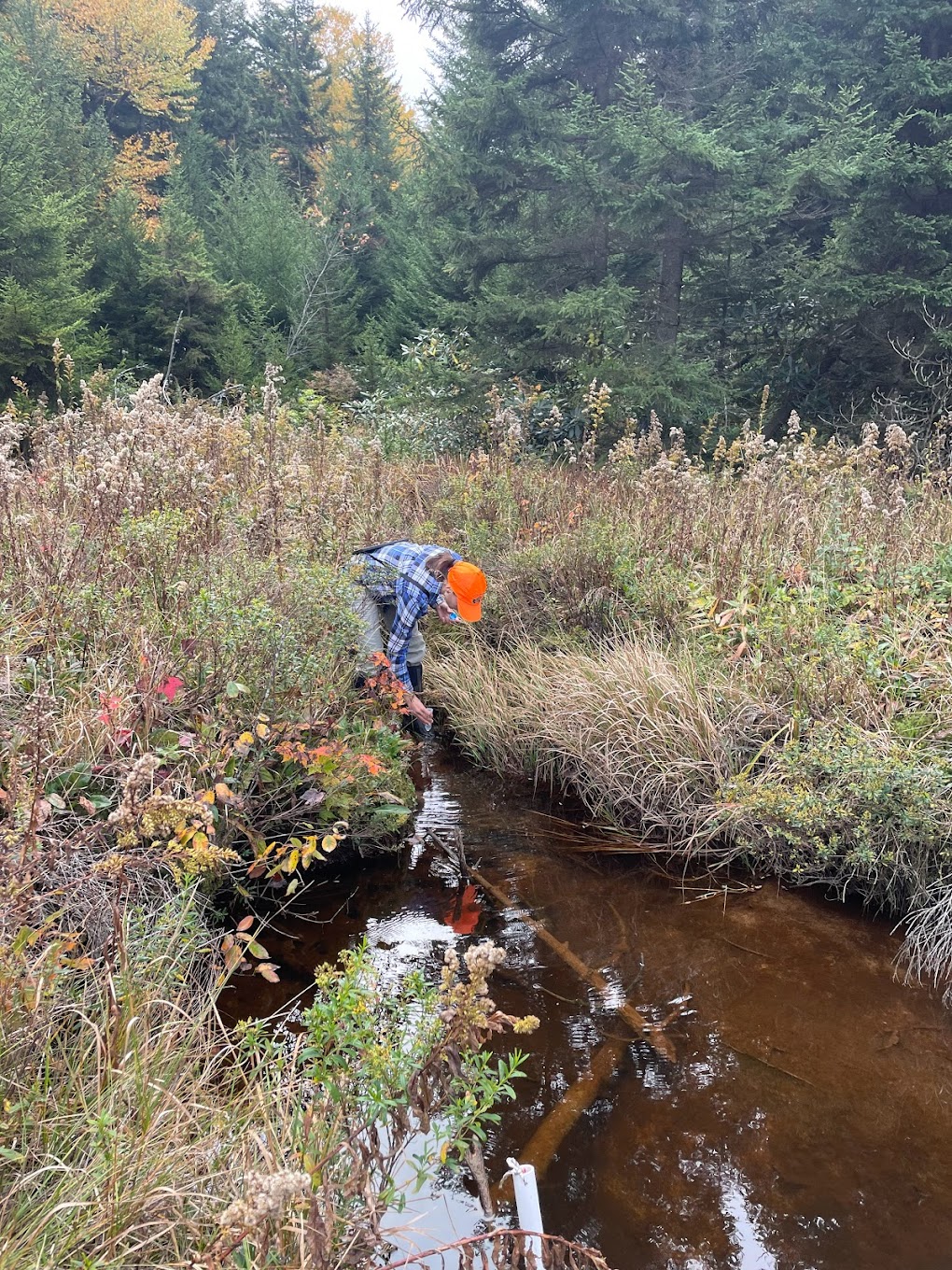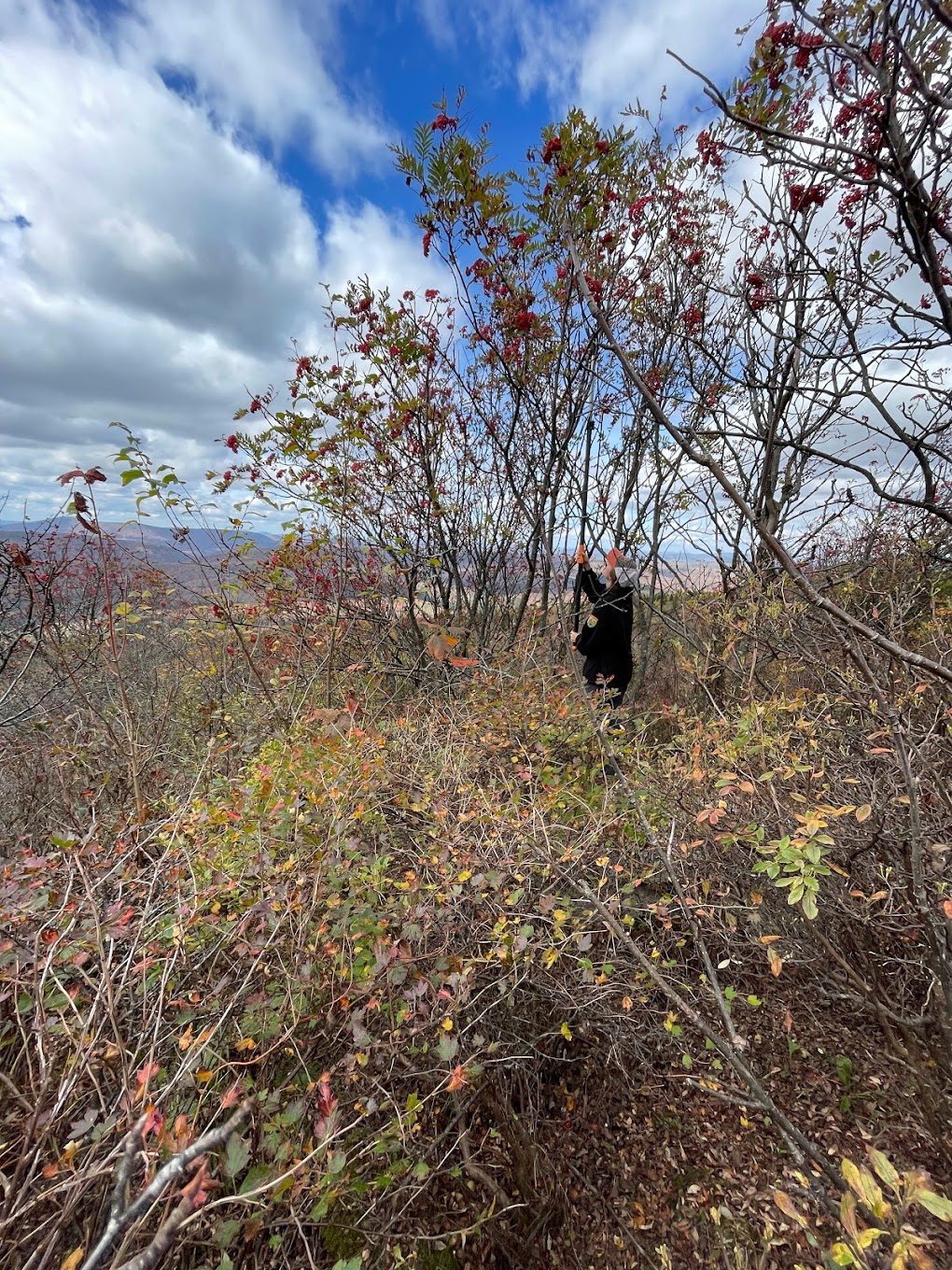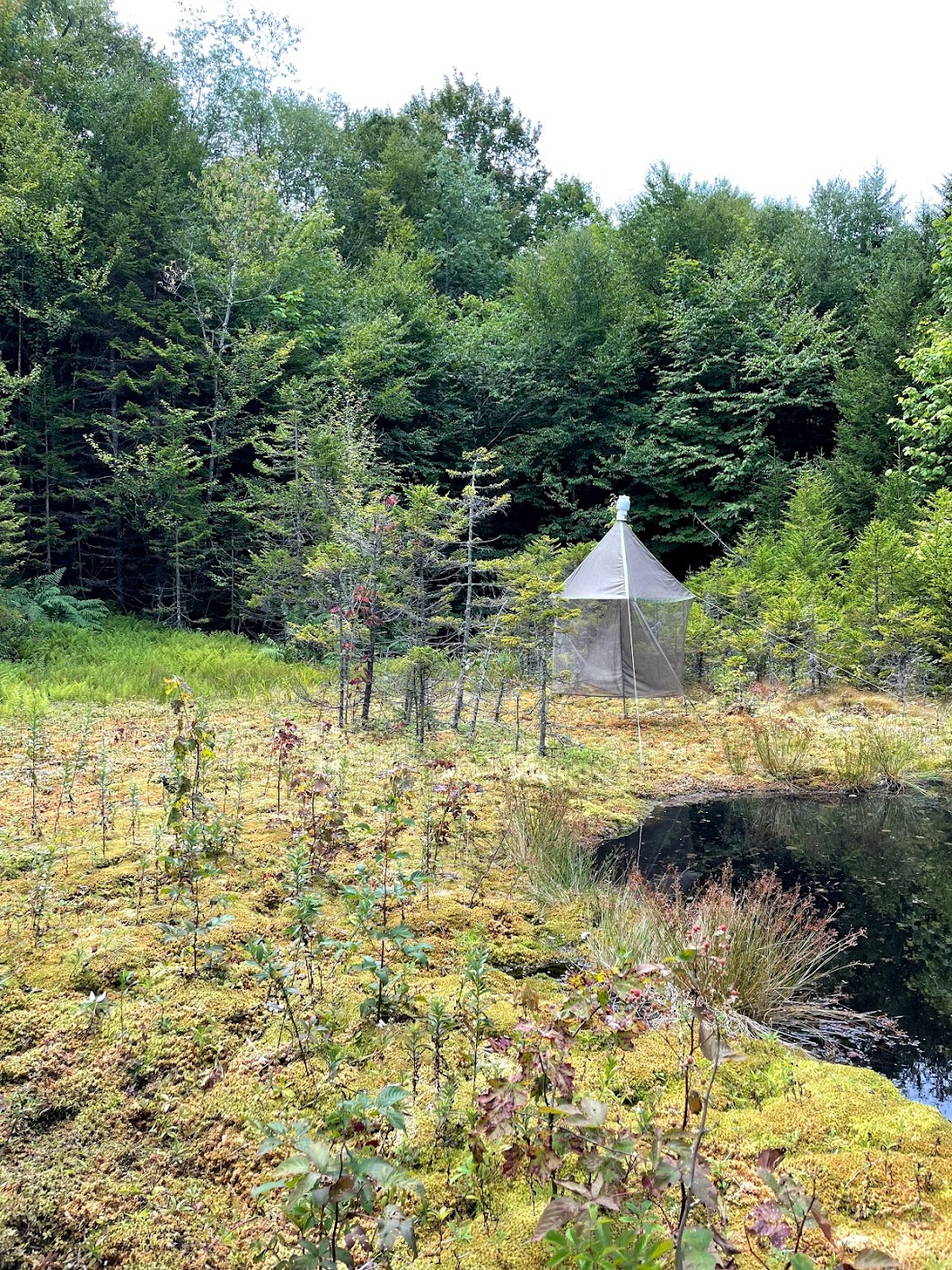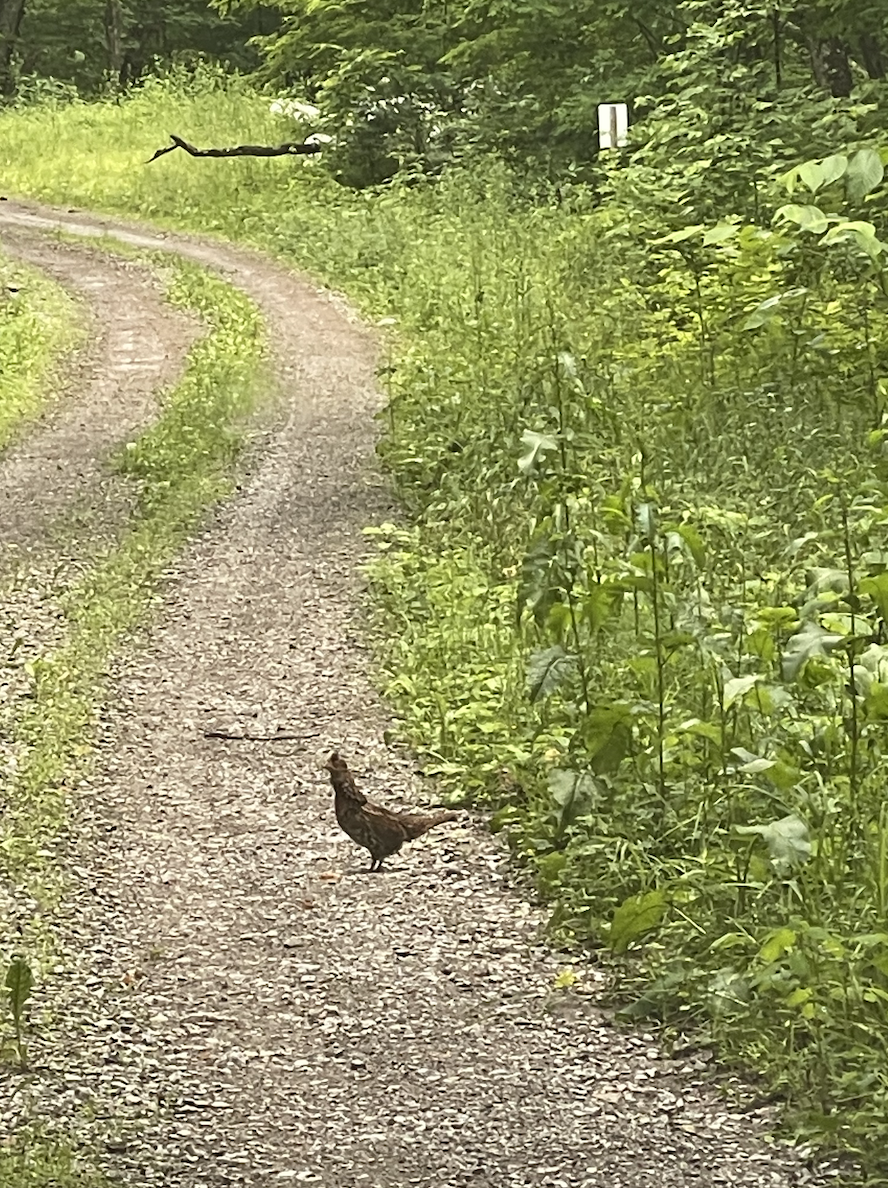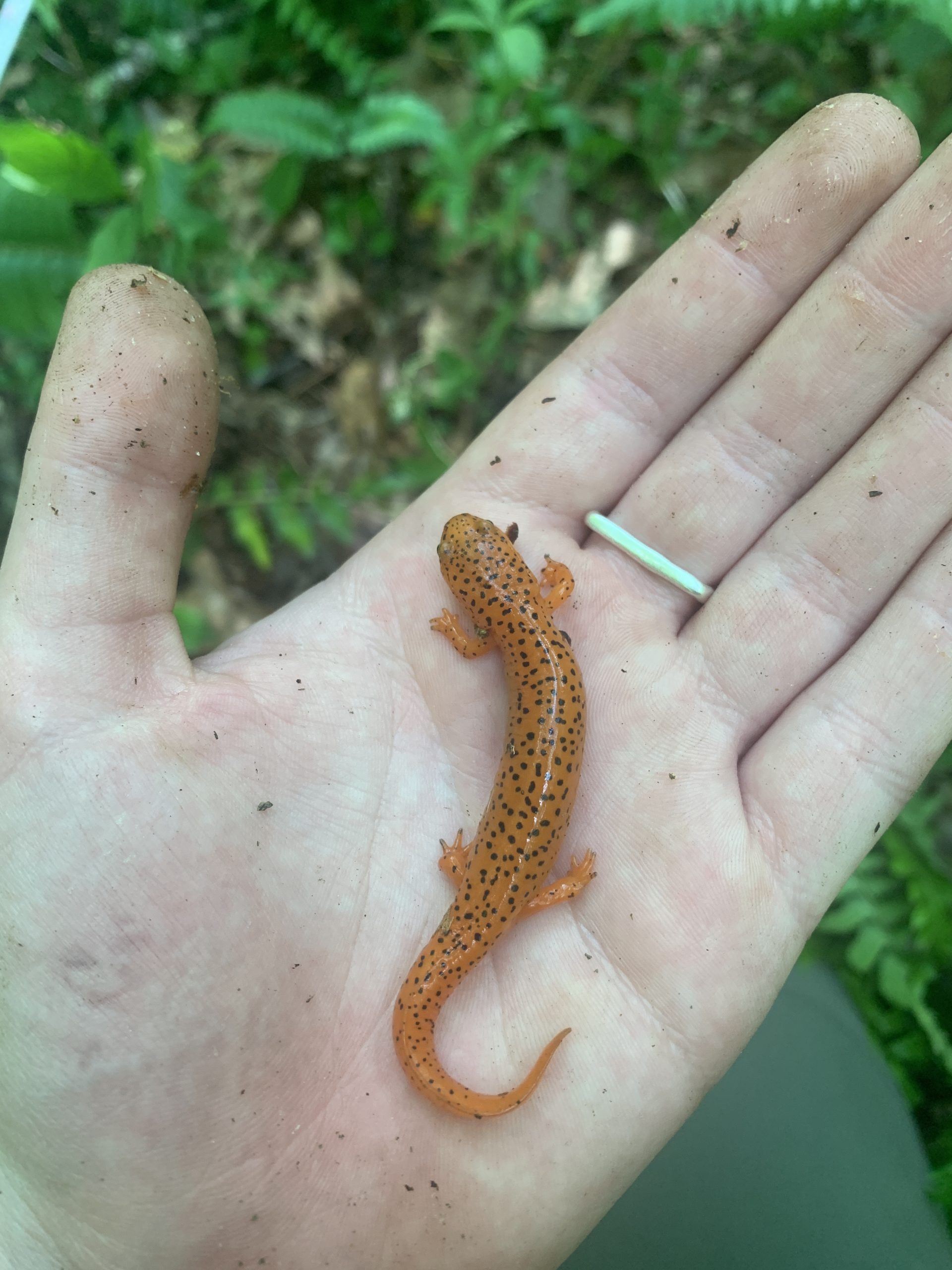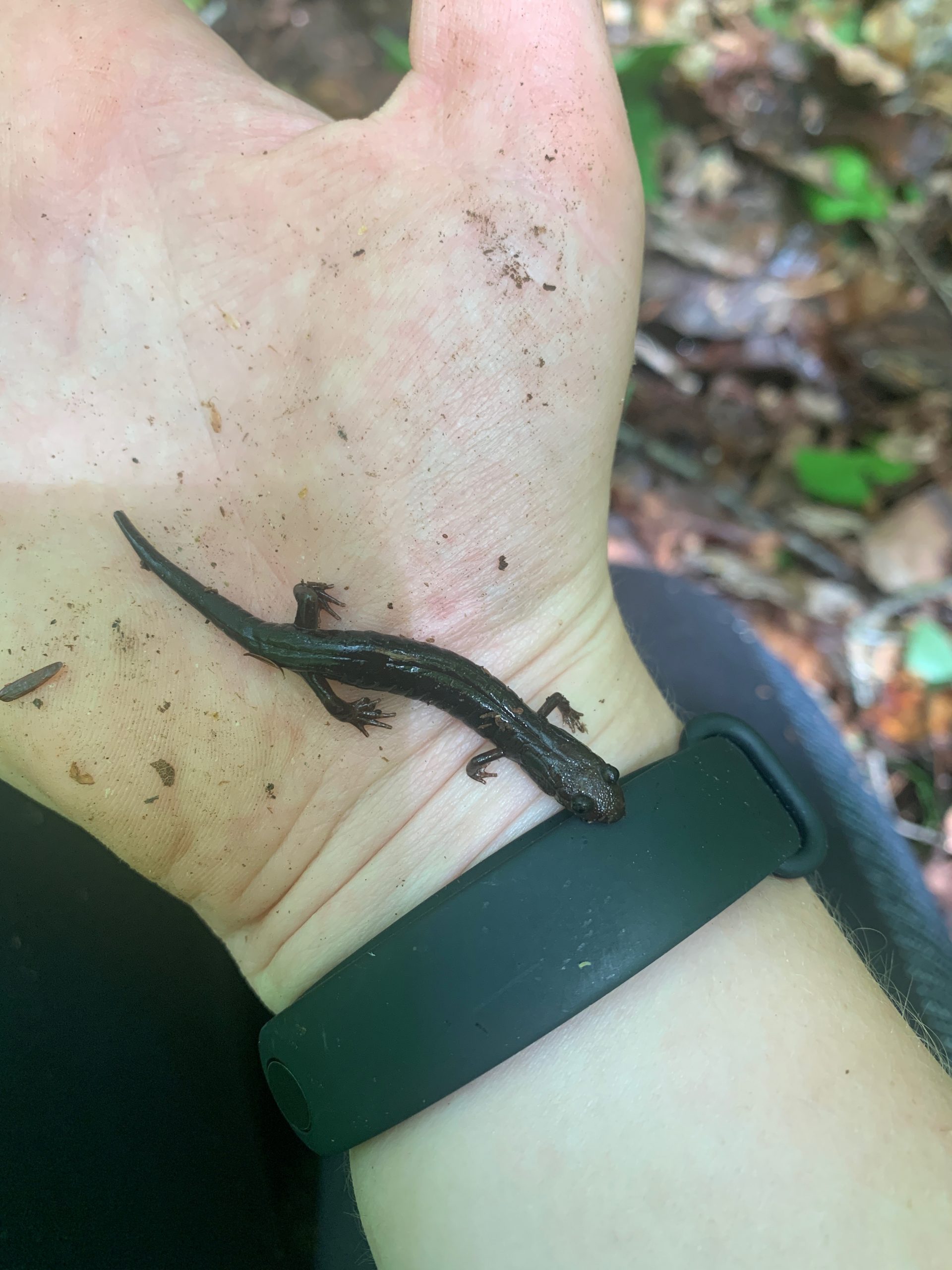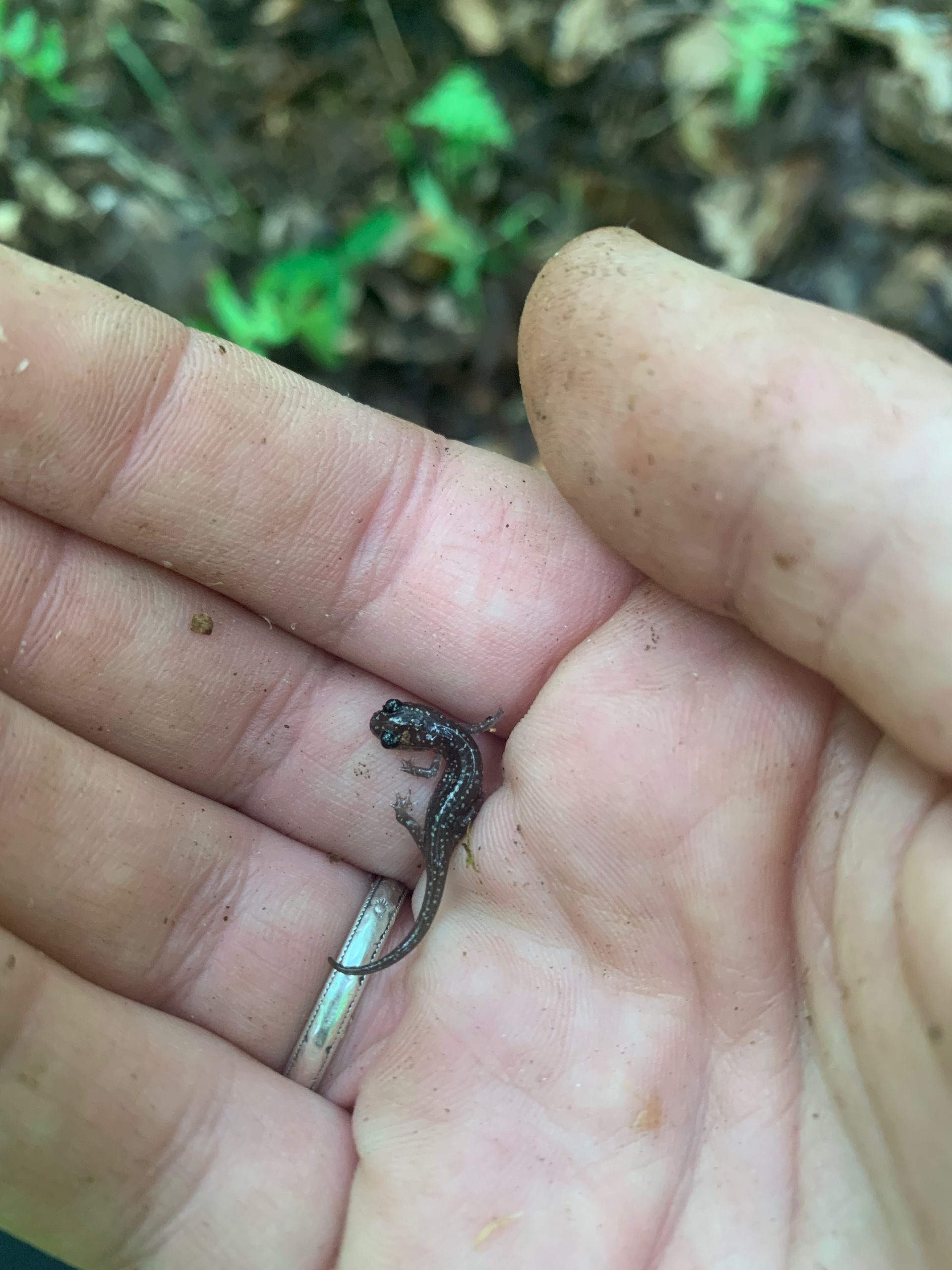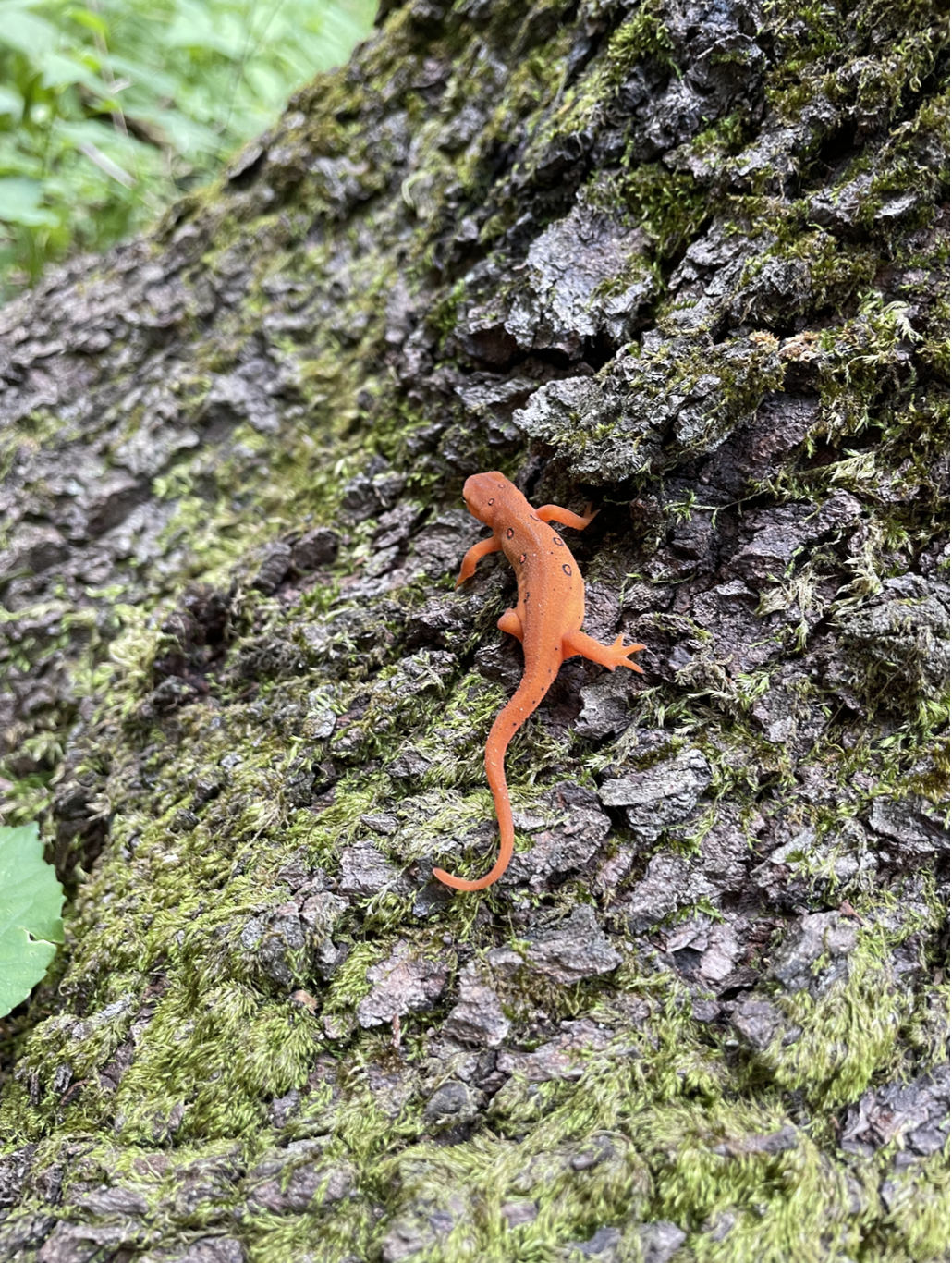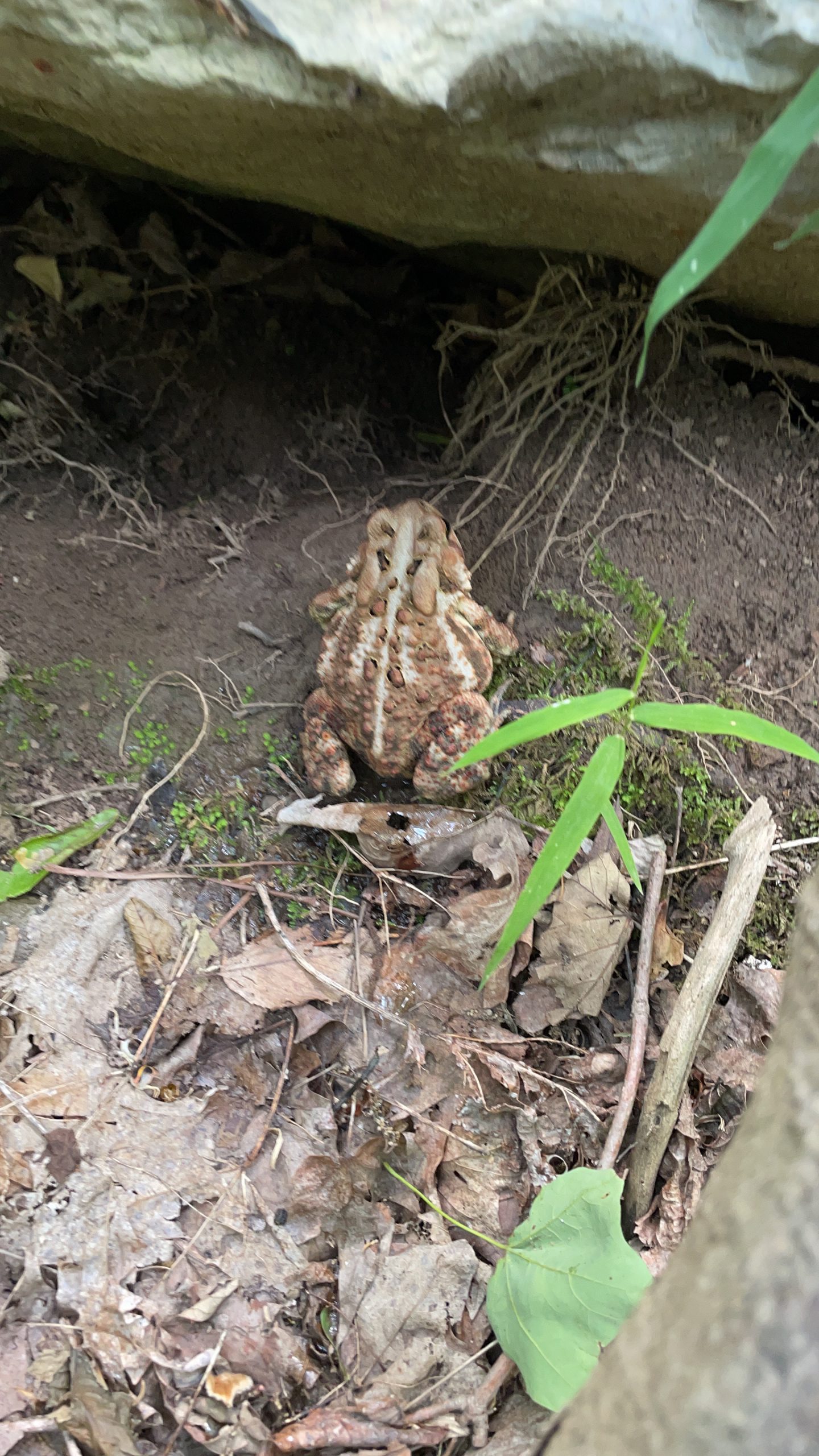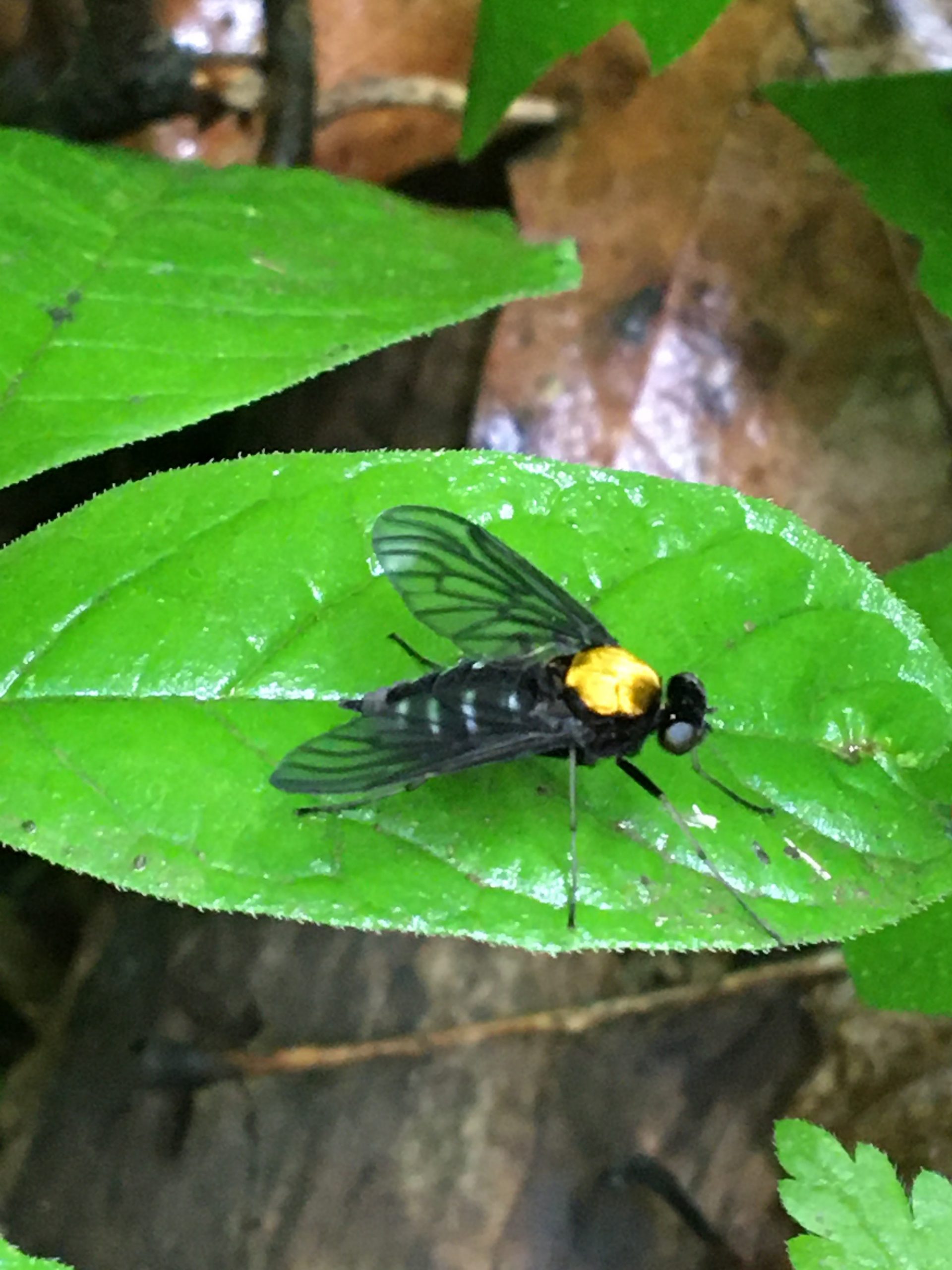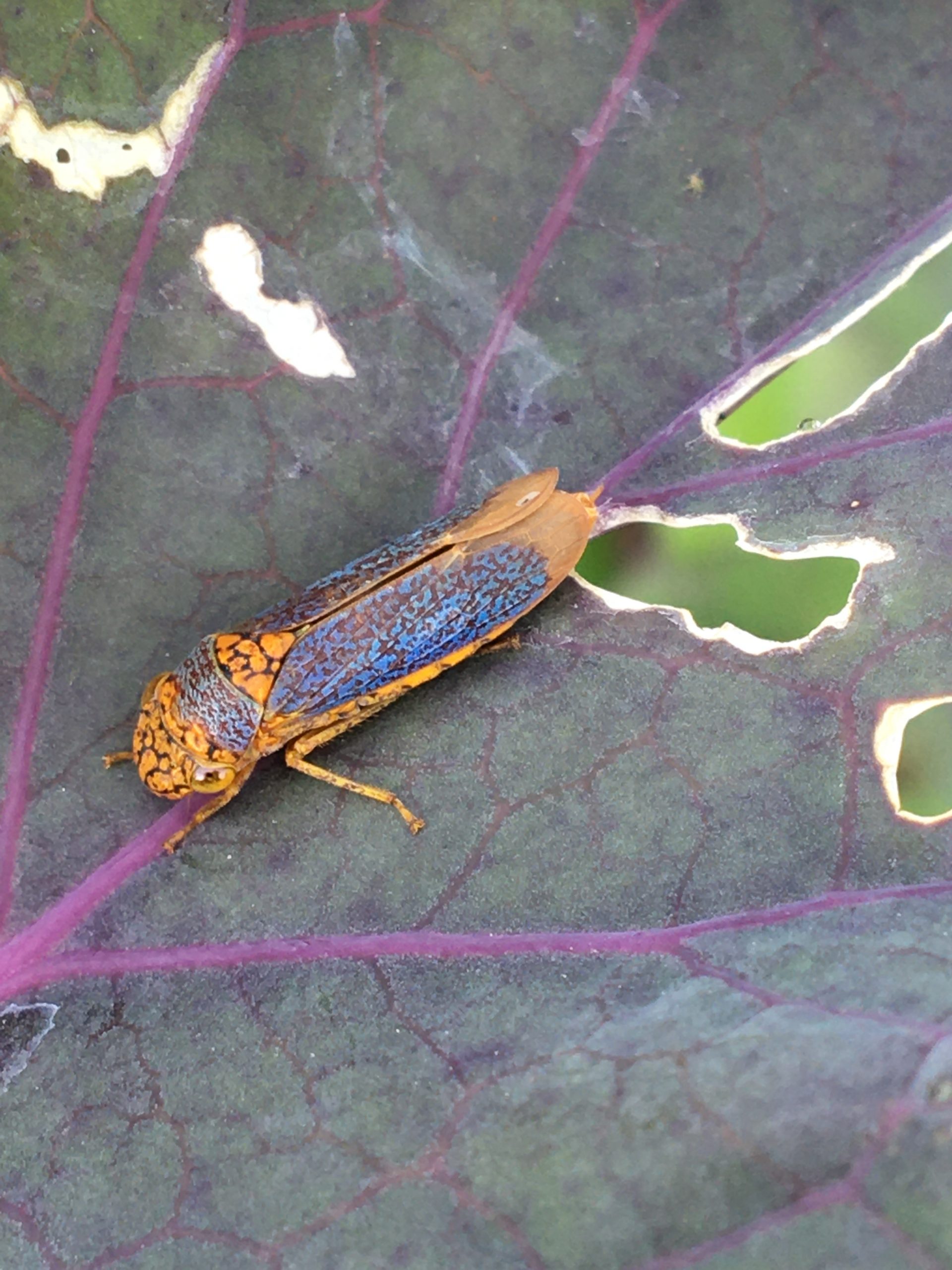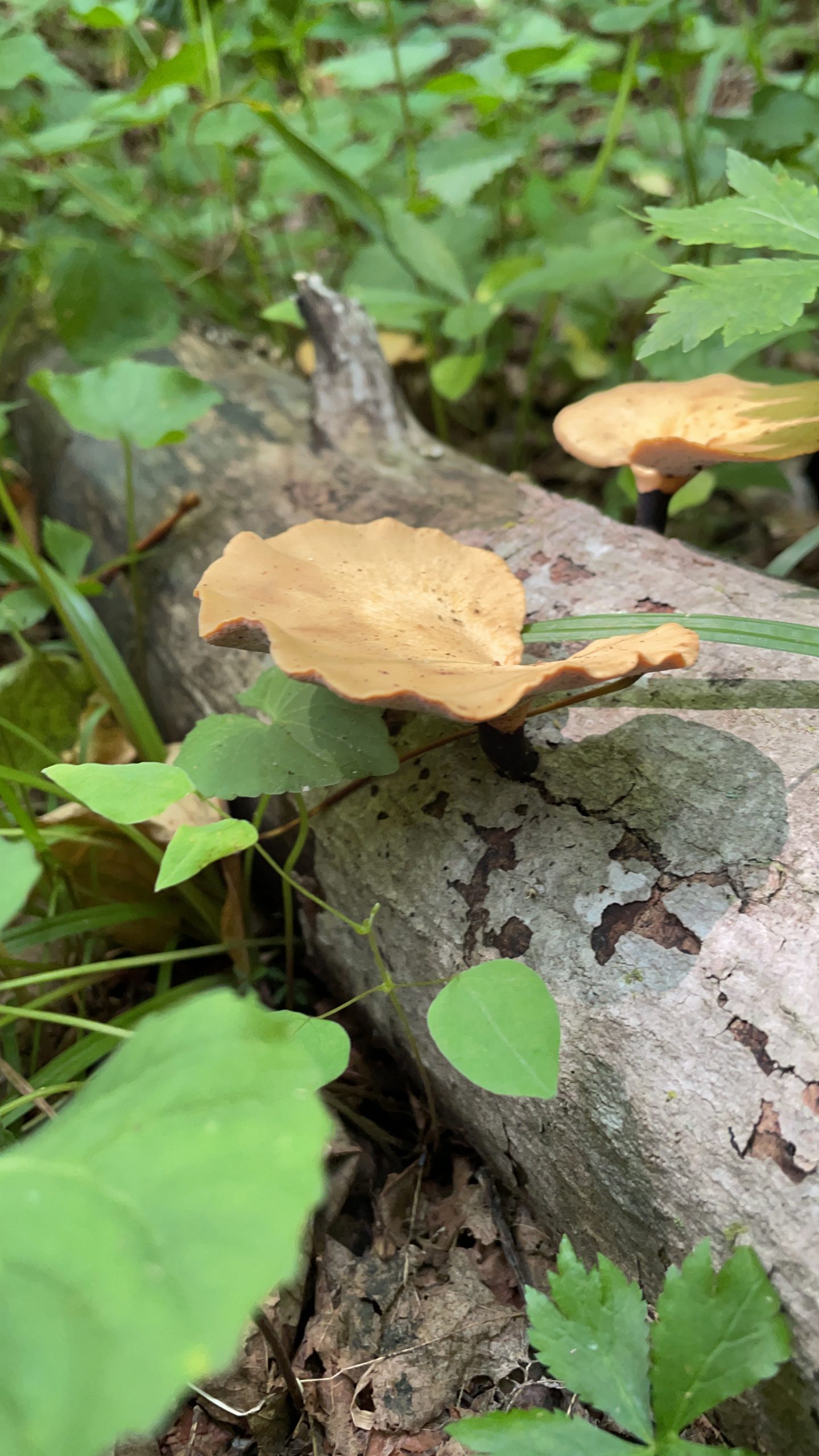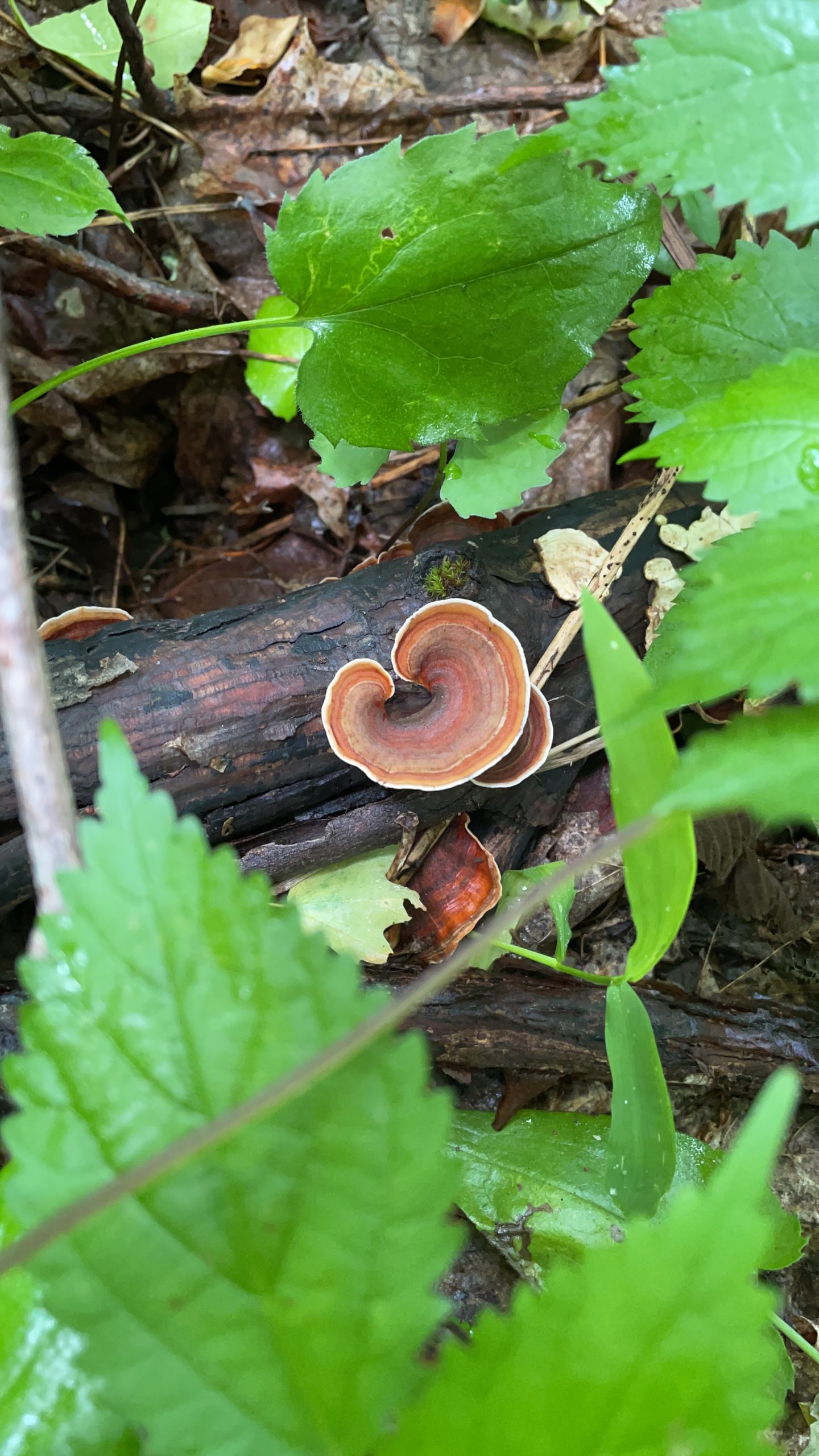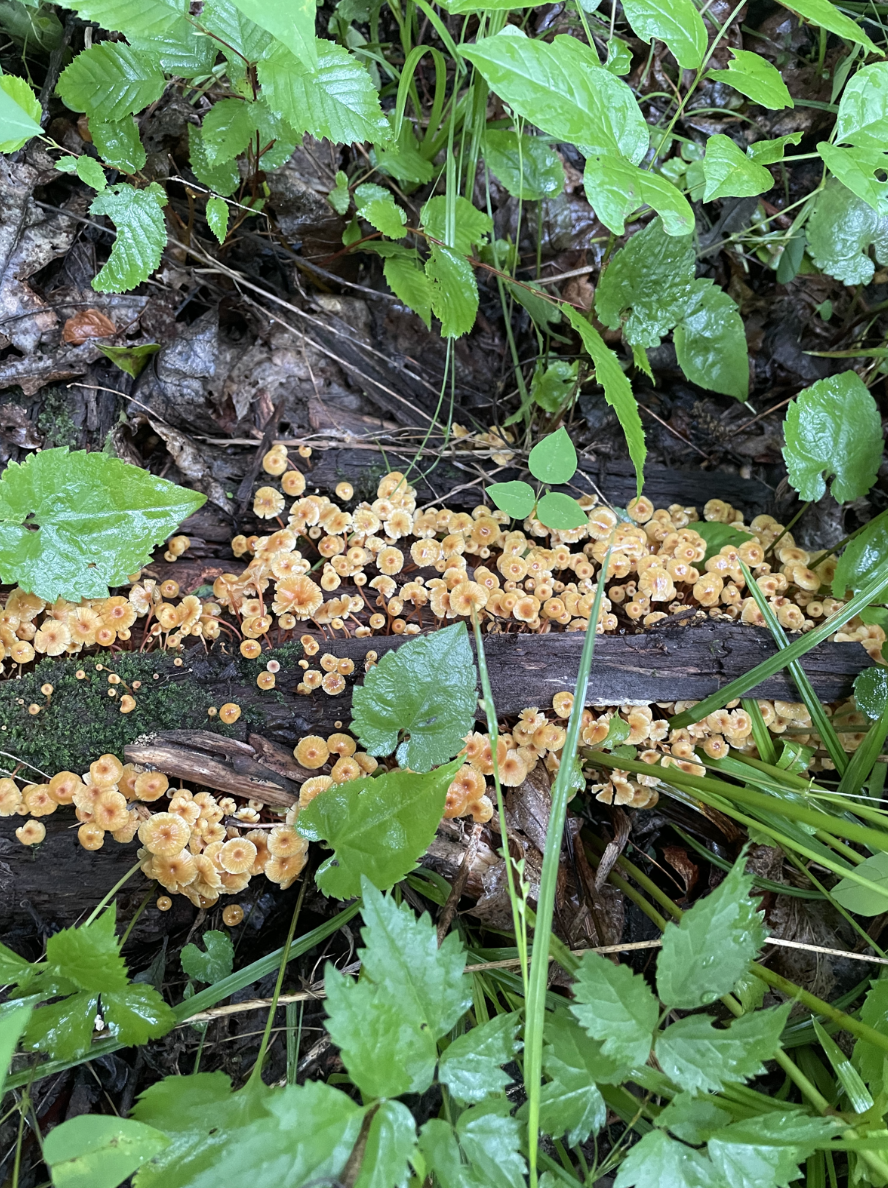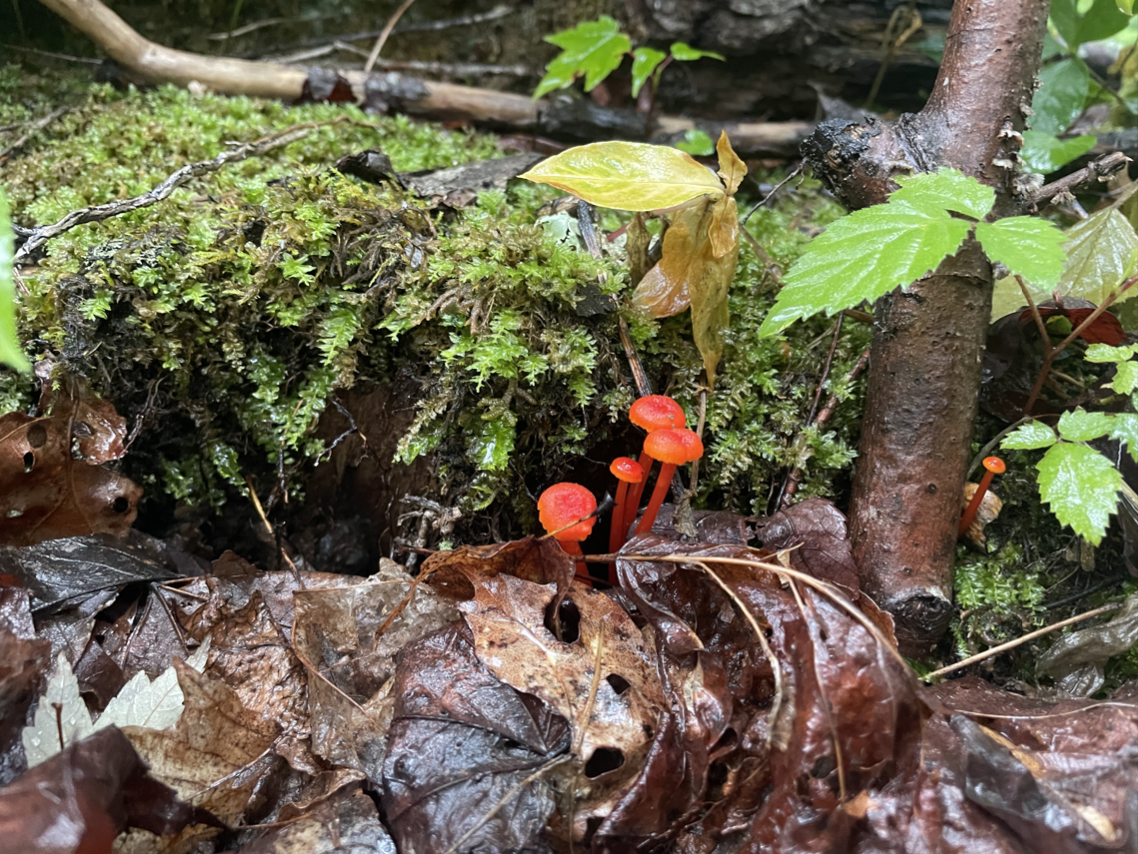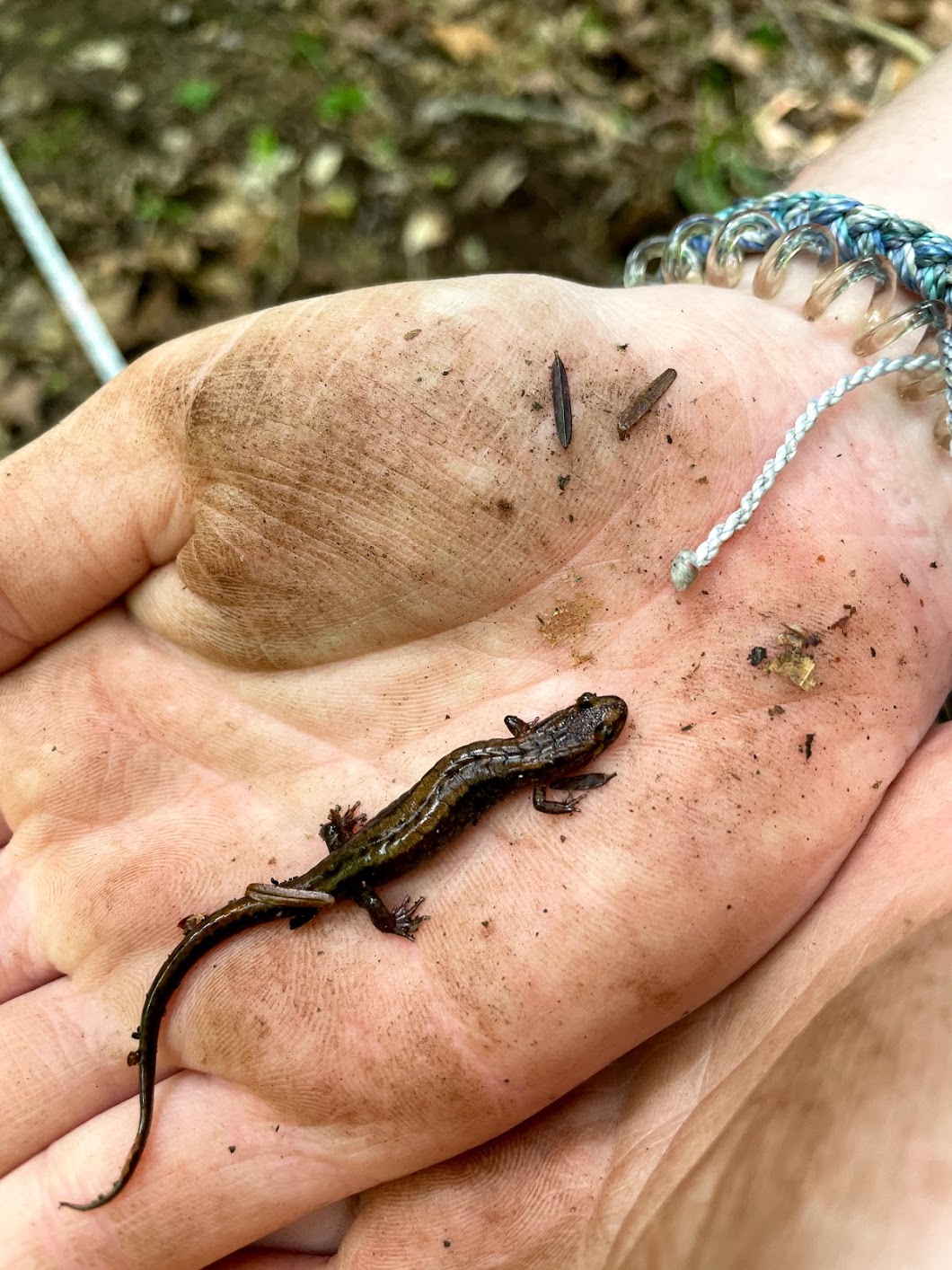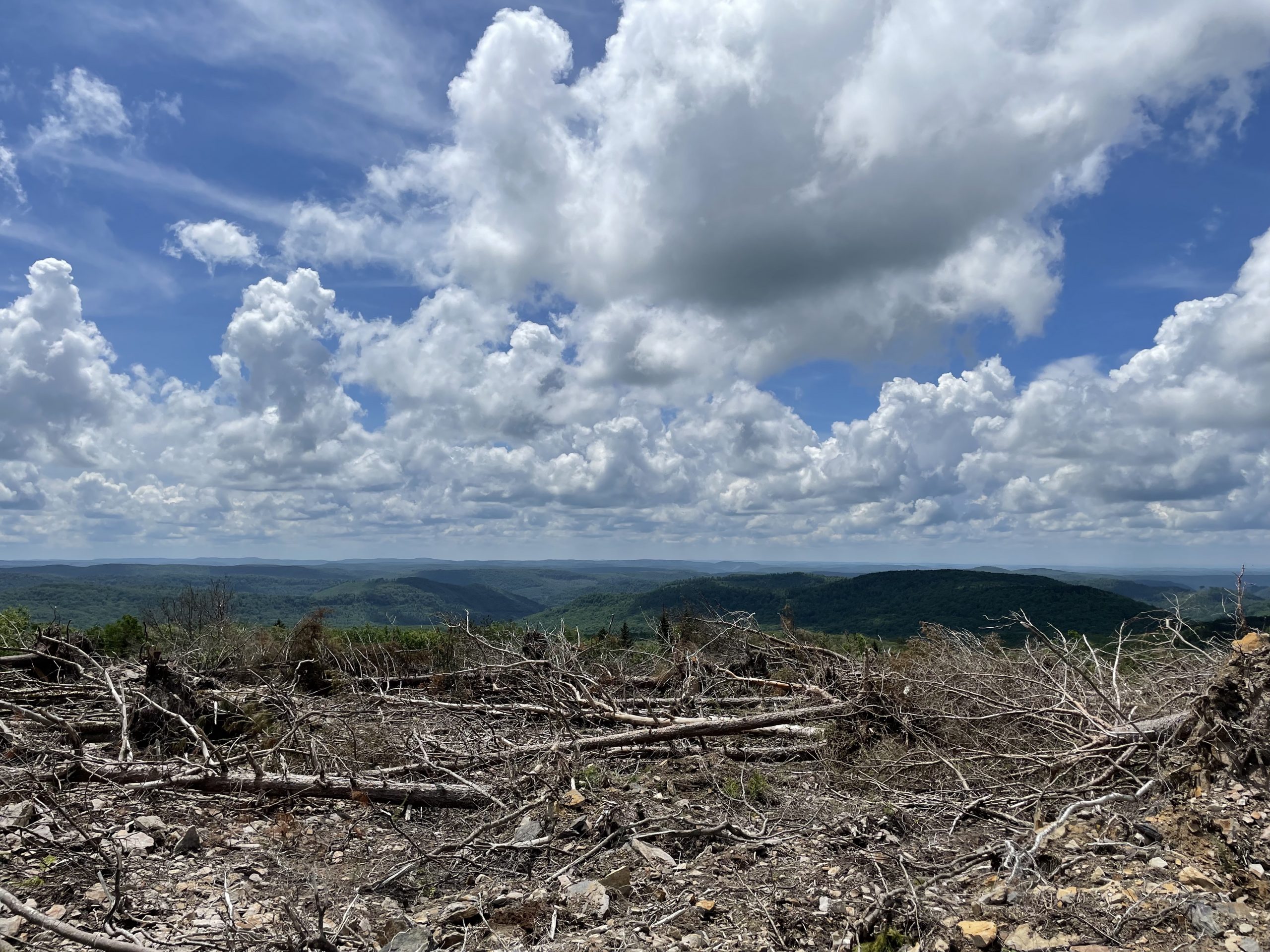As my last days on the Monongahela came closer I started to do a lot of reflection on my experiences and time as a CLM intern. Making the decision to come to West Virginia was a big step in both my personal and professional life. When I first moved to West Virginia in May, it was less than a week after I graduated college. This fast transition from submitting my final assignments to starting to take my first steps towards building a post-grad career was overwhelming, but I don’t think I would have it any other way. In those few days, I was excited to begin my journey in my professional career, but was not sure what to expect. After looking back on my time here, I am happy to say that I have had so many accomplishments on both a professional and personal level during my time as a CLM intern.

To start, the professional experience I gained while being a CLM has been so beneficial towards allowing me to understand what I am interested in and what I want to do in my future. One of my favorite things from this past internship was being able to see and learn about the Forest Service. Growing up I was aware of National Forests, BLM, Fish and Wildlife, and National Parks, but never actually knew what they did or how they were all different. Being partnered with the Forest Service for this internship I had the opportunity to work with different people within the Monongahela and their partners to gain an inside look at the ways that people with different specialties are able to come together to conserve public lands. One of my favorite examples includes the restoration work on the old mined lands throughout the Monongahela. I have talked about the restoration process in previous blog posts, so I wont repeat myself, but when it comes to large scale restoration projects there are so many different aspects that have to be thought about before, during, and after. This means there has to be a diverse group of people collaborating in order to accomplish the projects. The forest service, specifically on the Monongahela, does a really good job at bringing together many different people with diverse backgrounds and continue to increase this collaboration through partnerships, contracts, and collaborations with non-profits, contracted companies, and Universities.
Another amazing thing I learned while doing this internship was not only does the Forest Service work to protect and restore the land, but they are also work hard to allow the public to enjoy and engage with this land. On example is the recreation team. While working with the recreation staff, I realized how much time goes into maintaining trails, campsites, and other public spaces to allow people to explore and embrace nature by hiking, camping, fishing, and hunting on the forest. Then there is the timber team that will harvest wood in certain parts of the forest. One example of this harvesting was on the red spruce restoration sites. When the old minded lands were originally restored the ground was densely compacted and planted with red pine and other trees that are not native to those ecosystems. So to start the restoration process the non-native trees needed to be removed or nocked down so the soil can be loosened and native trees like red spruce can be planted. One way of getting rid of them was by logging and selling these trees. It was a useful way to remove the trees to begin the process of restoring the land and also use the non-native trees in other ways.

Not only did I learn a lot about the Forest Service, I also learned a lot about myself over the past six months. To start, living in West Virginia was a big change from the last two places that I have lived. I grew up in Phoenix Arizona, and went to college in Chicago, Illinois. Both of these places are urban and highly populated, where as Marlinton, West Virginia is almost the opposite with only a little over 1,000 people as the population. It was a big change and took me a little while to get used to the rural area, but it didn’t take me long to realize how great the community its and it quickly grew on me. Moving to new places are never easy, but having this experience to live in another state and completely different environment than I am used to showed me how adaptable I can be and how exciting new experiences and new places are. One of the things I liked the most about living in West Virginia has been the ability to be immersed in the outdoors. I was able to use my free time on the weekends to explore all around the Monongahela forest, but also other state parks in the area. Some of the cool places I was able to explore include Blackwater Falls, Watoga State Park, New River Gorge National Park and Preserve, Seneca State Forest, and other places around West Virginia. Being here for six months showed me just how much I enjoy activities like hiking and camping but also allowed me to learn some useful tips like doing research about a trail and taking the extra time to downloading the trail map is probably a good idea.

Watoga State Forest 
Blackwater Falls State Park 
New River Gorge National Park
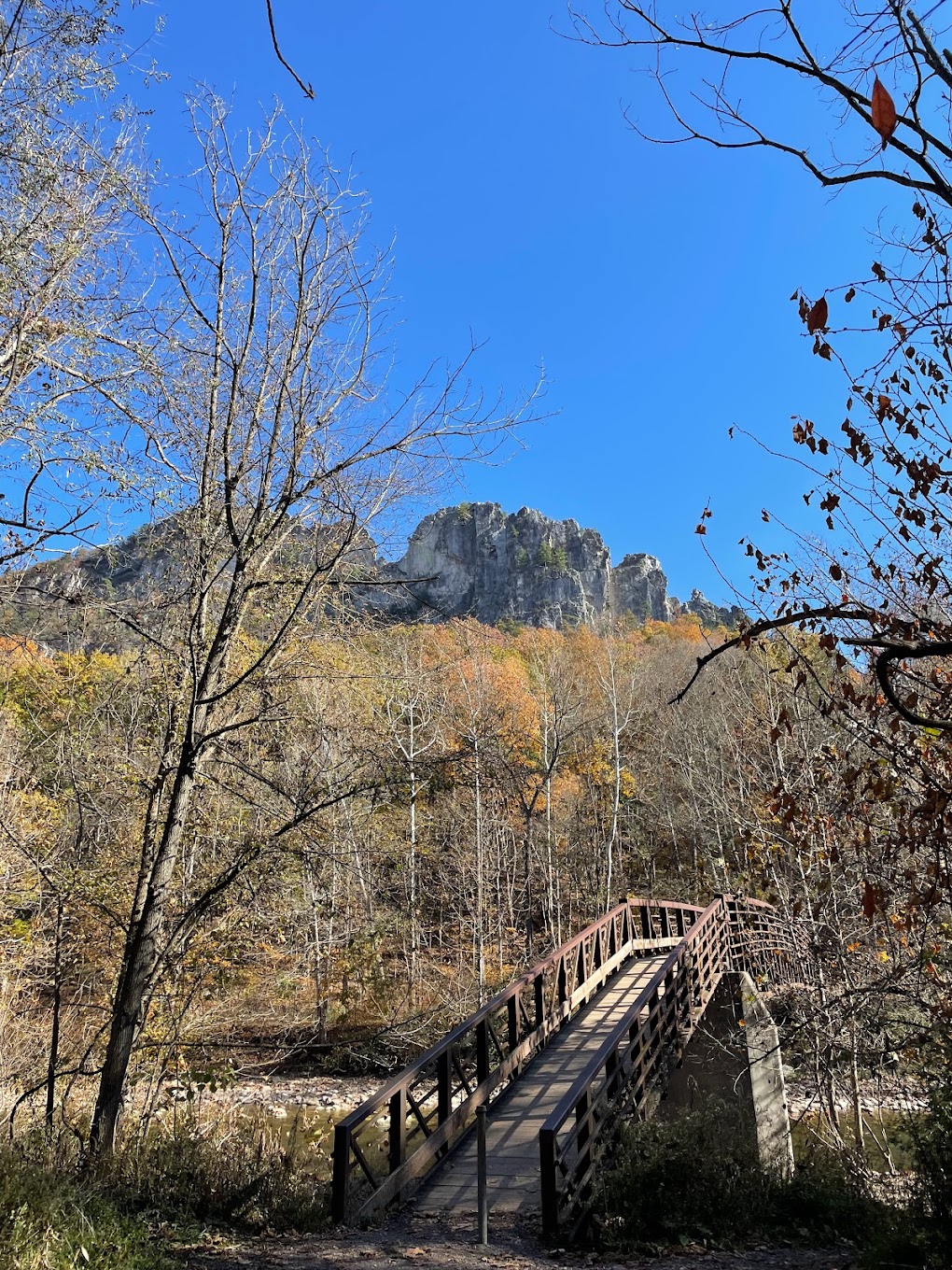
Seneca Rocks 
Falls of Hills Creek 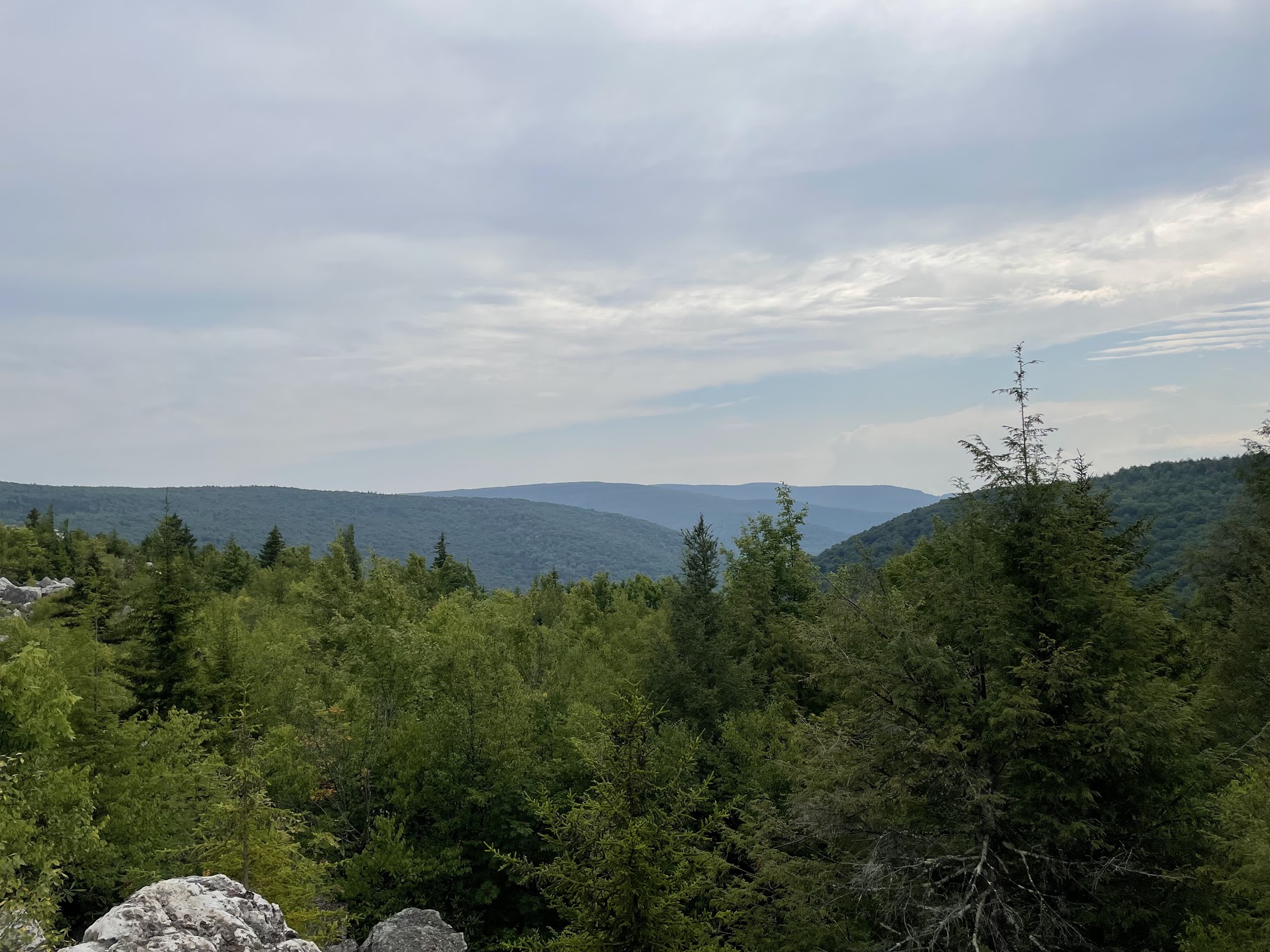
Dolly Sods Wilderness 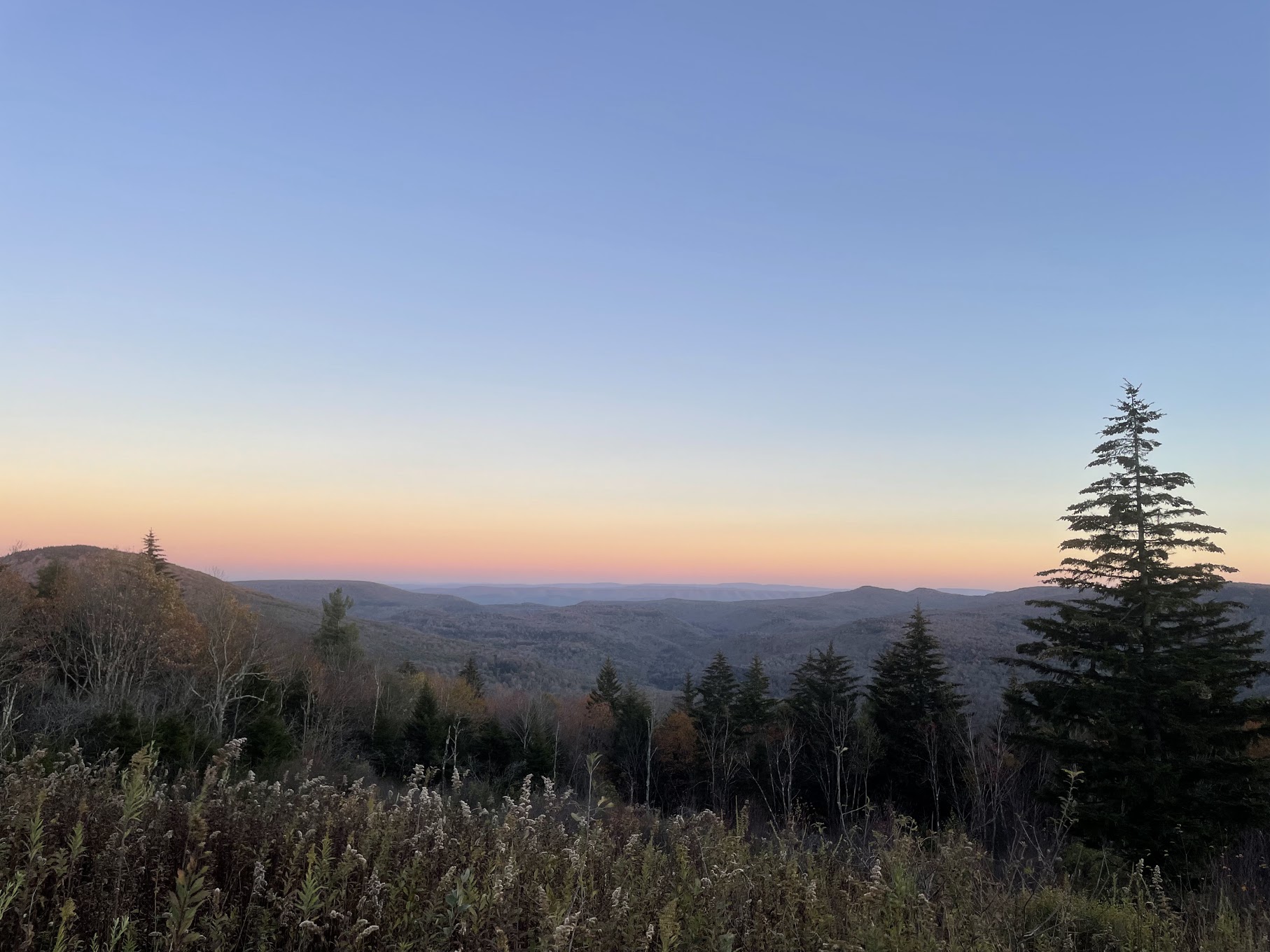
Highland Scenic Highway
Overall, this experience has allowed me to grow so much as an individual both personally and professionally.Which reminds me of one of my favorite John Muir quotes “In every walk with nature one receives far more than he seeks”. Having this opportunity to be a CLM intern, I was able to be out in nature allowing me to learn what I expected to learn about the Forest Service and ways to conserve/manage public lands, but even more than I expected about myself. Being in nature and conserving our lands is something that I am really passionate about and showed me that botany, field work, restoration, and land management are things that I want to pursue in my future. I enjoyed West Virginia and being in Marlinton so much more than I could have ever imagined. I am sad to say goodbye. I never would have expected a small rural town in the middle of West Virginia to make me feel at home and be so difficult to leave. If there is one piece of advice I would give someone it would be to say yes to as many opportunities and experiences that you can, You never know where life will take you and what places you will enjoy the most. I never thought I would ever live somewhere like Marlinton, West Virginia, but it has been one of the best experience of my life. So thank you to everyone for their support and I cant wait to see where life takes me next.



